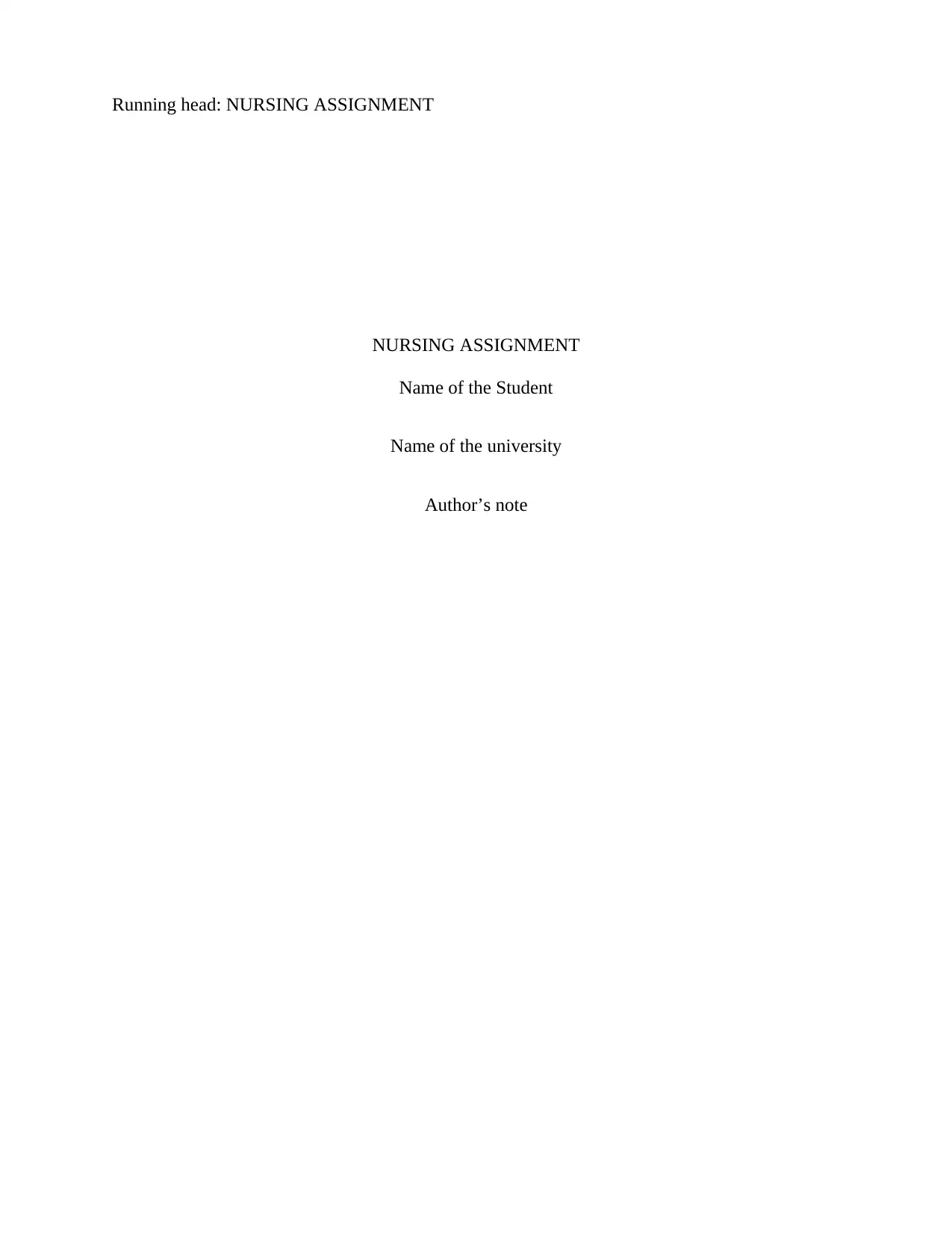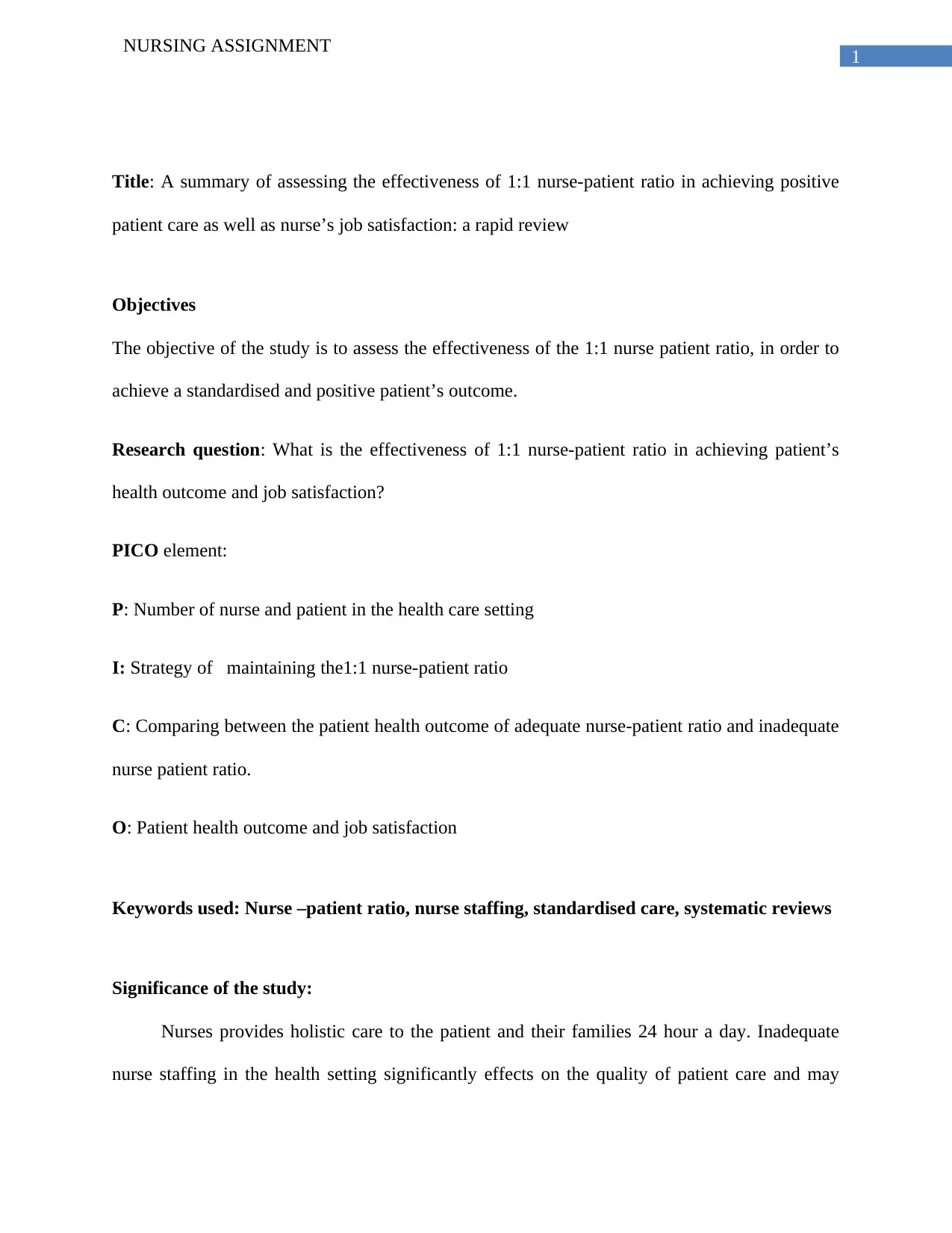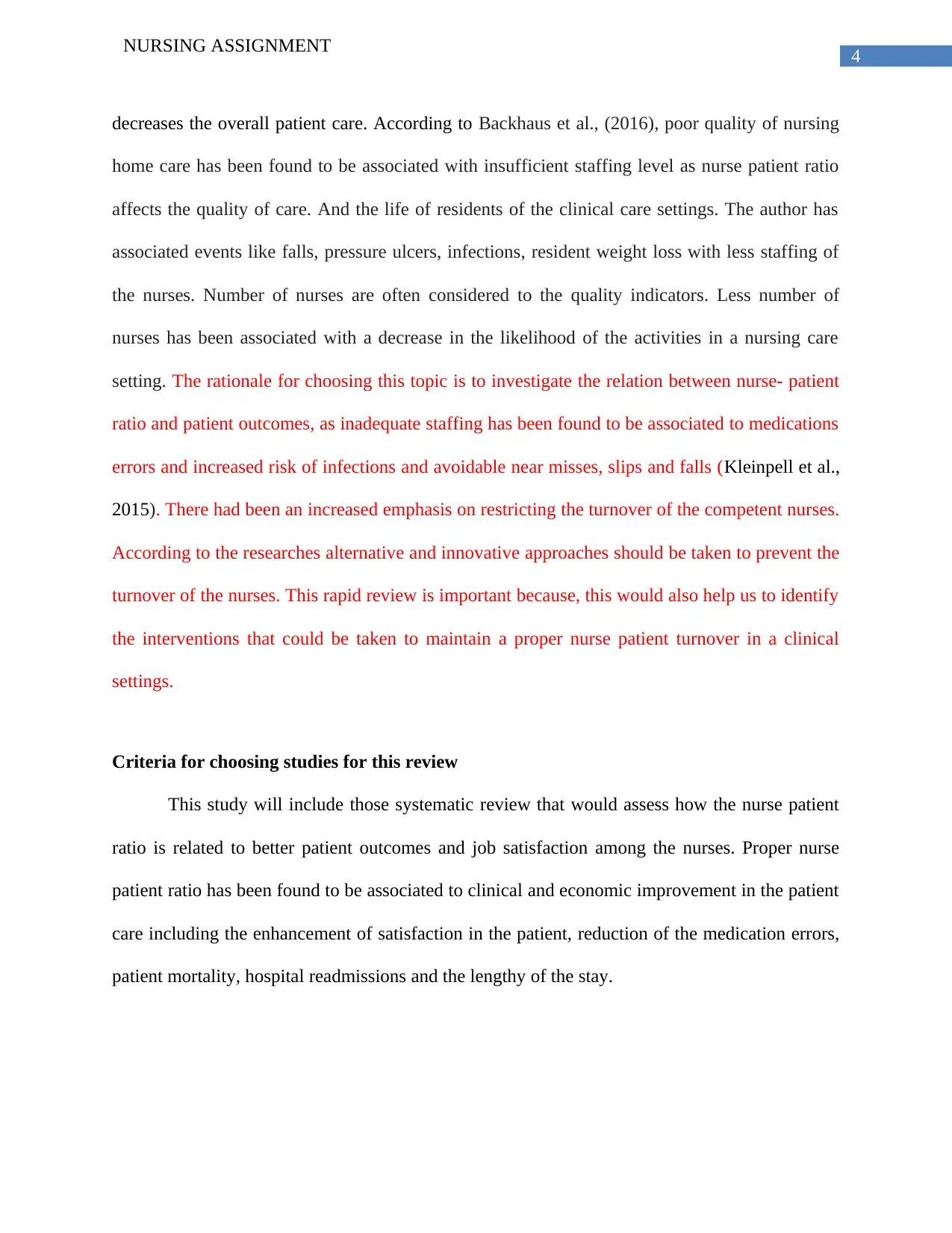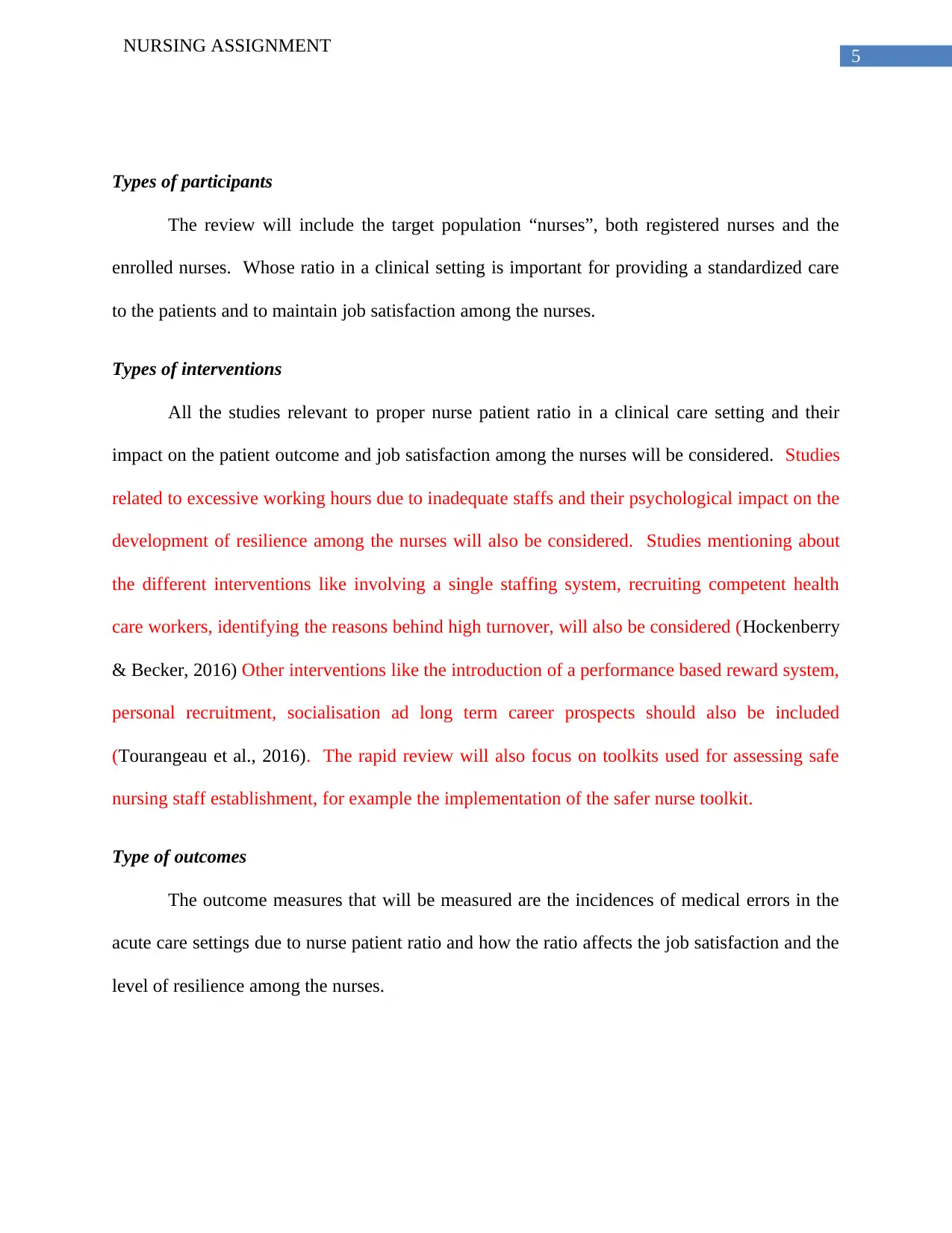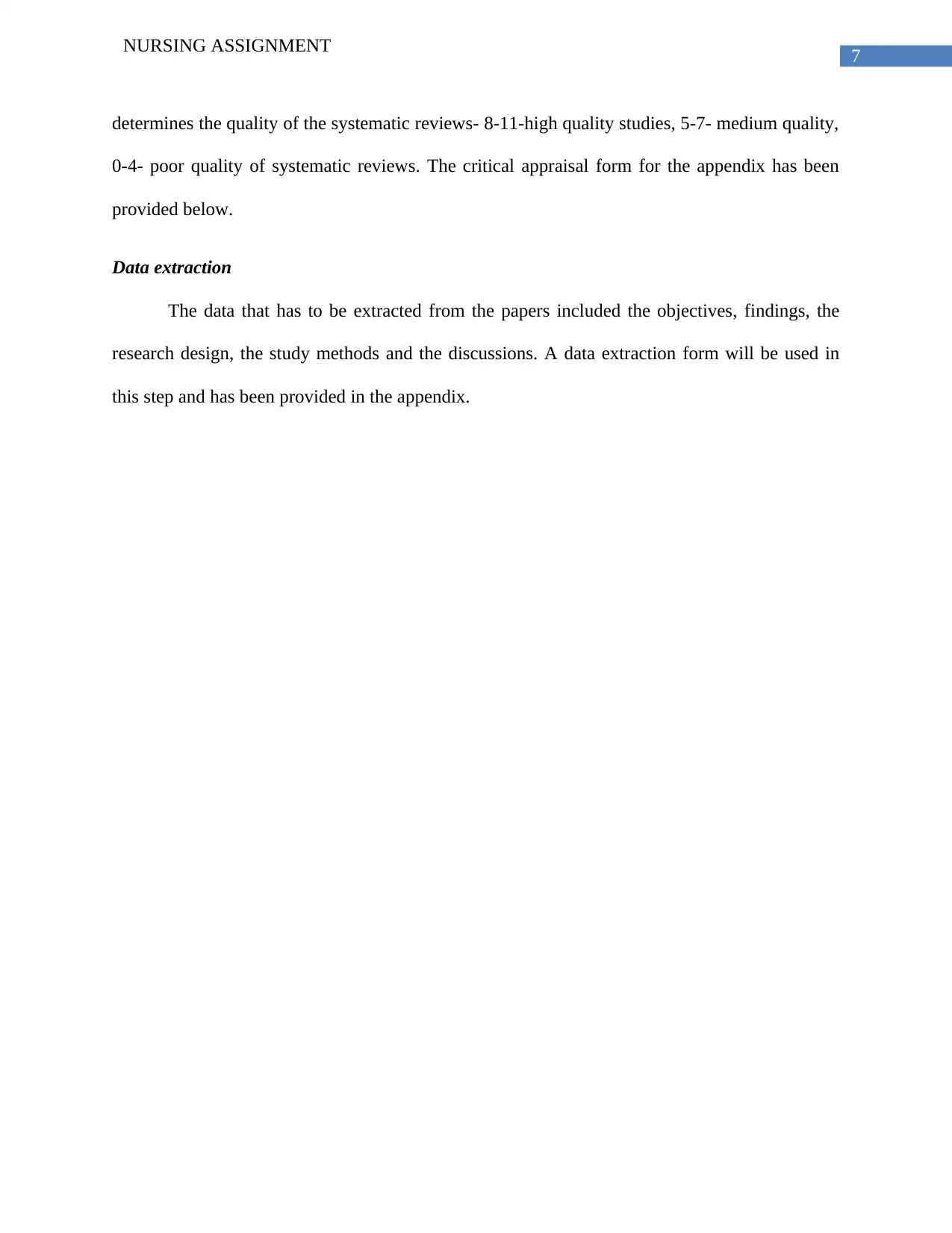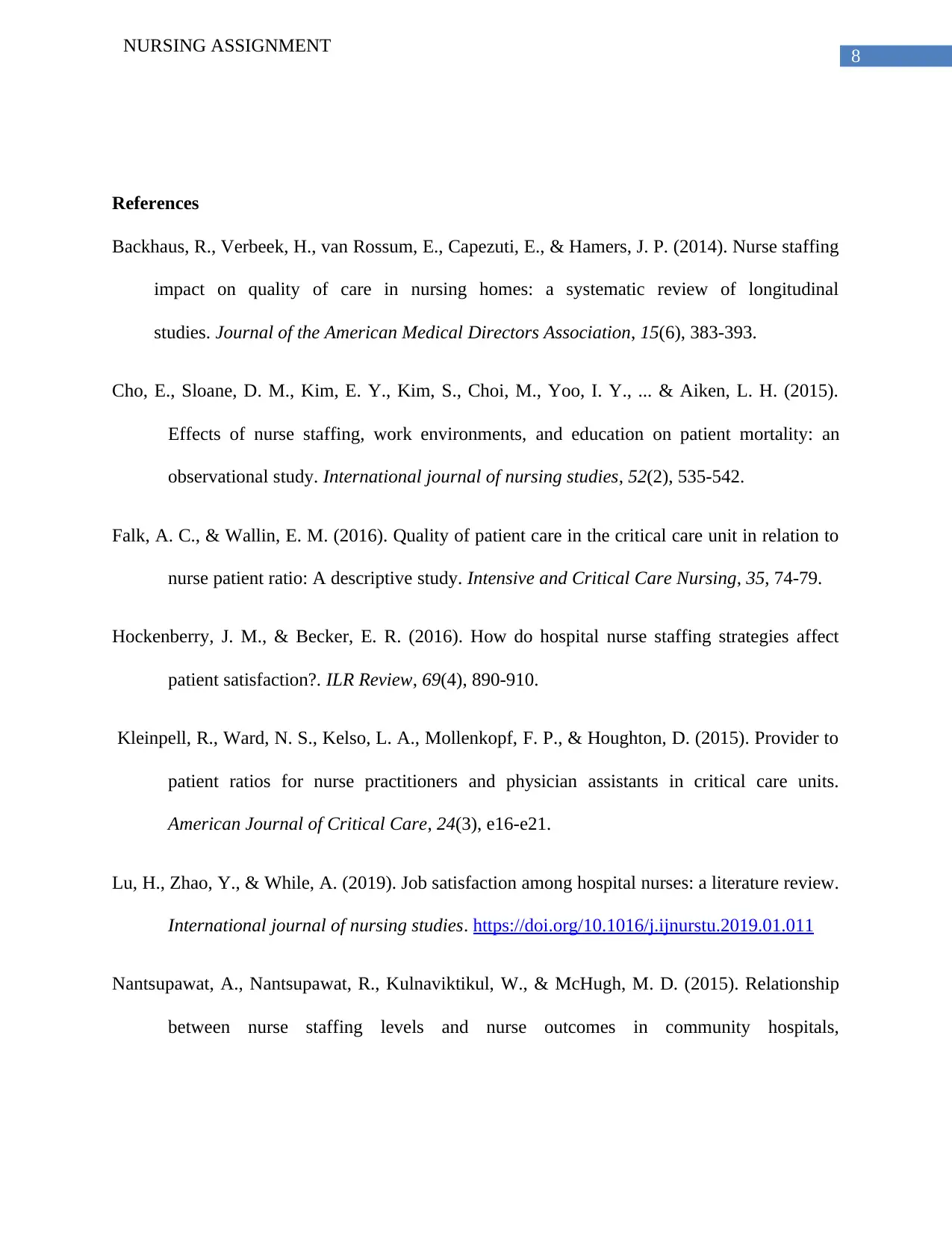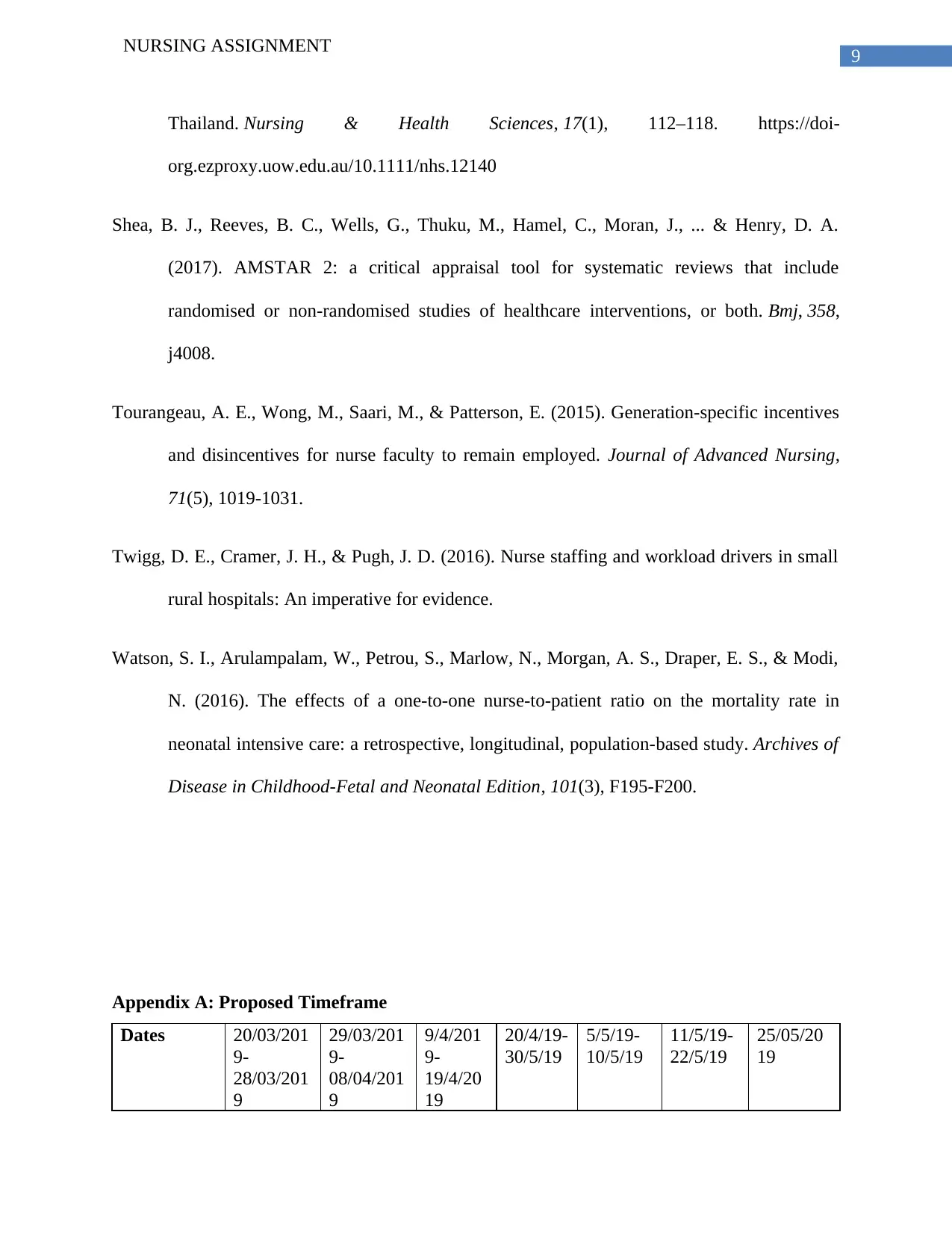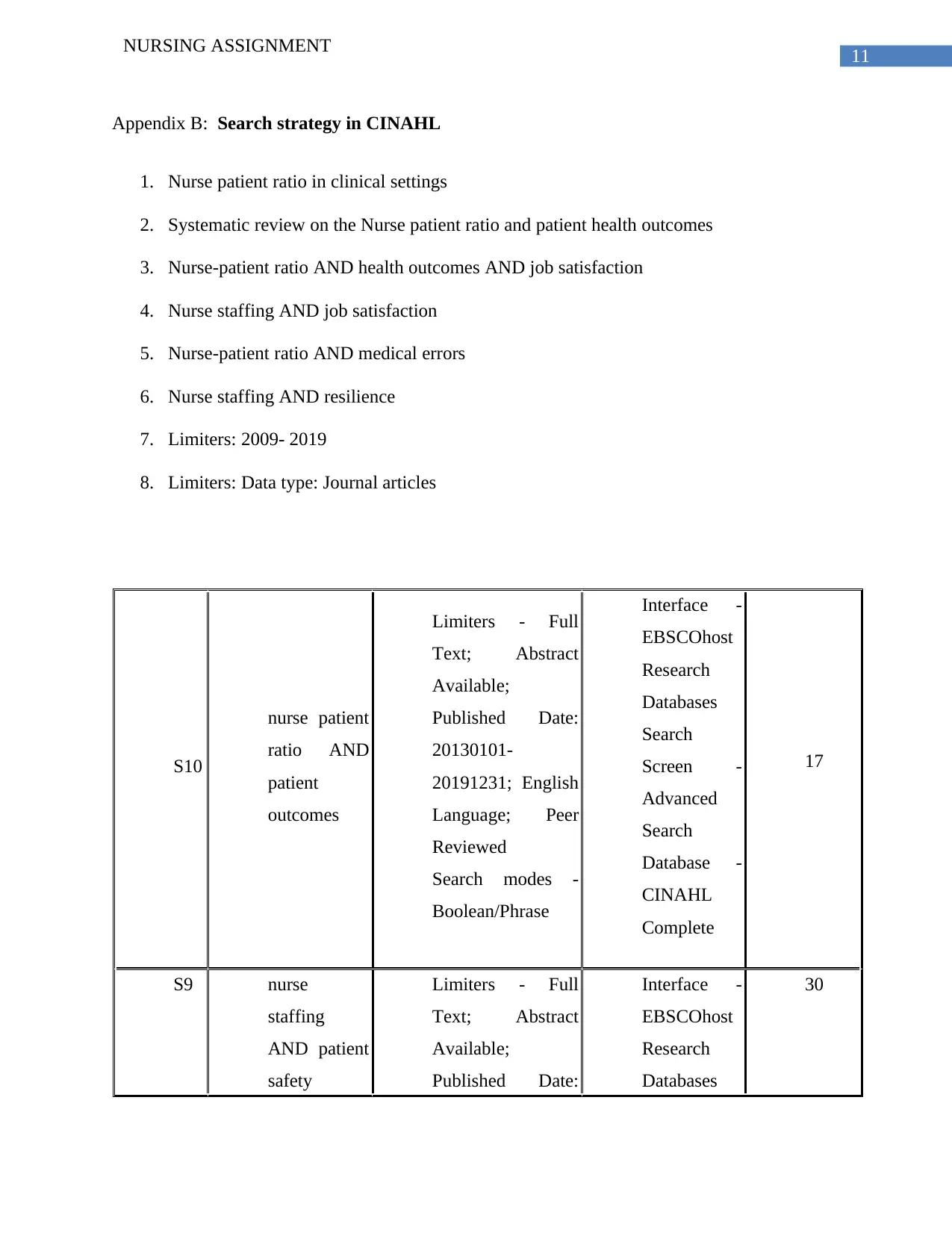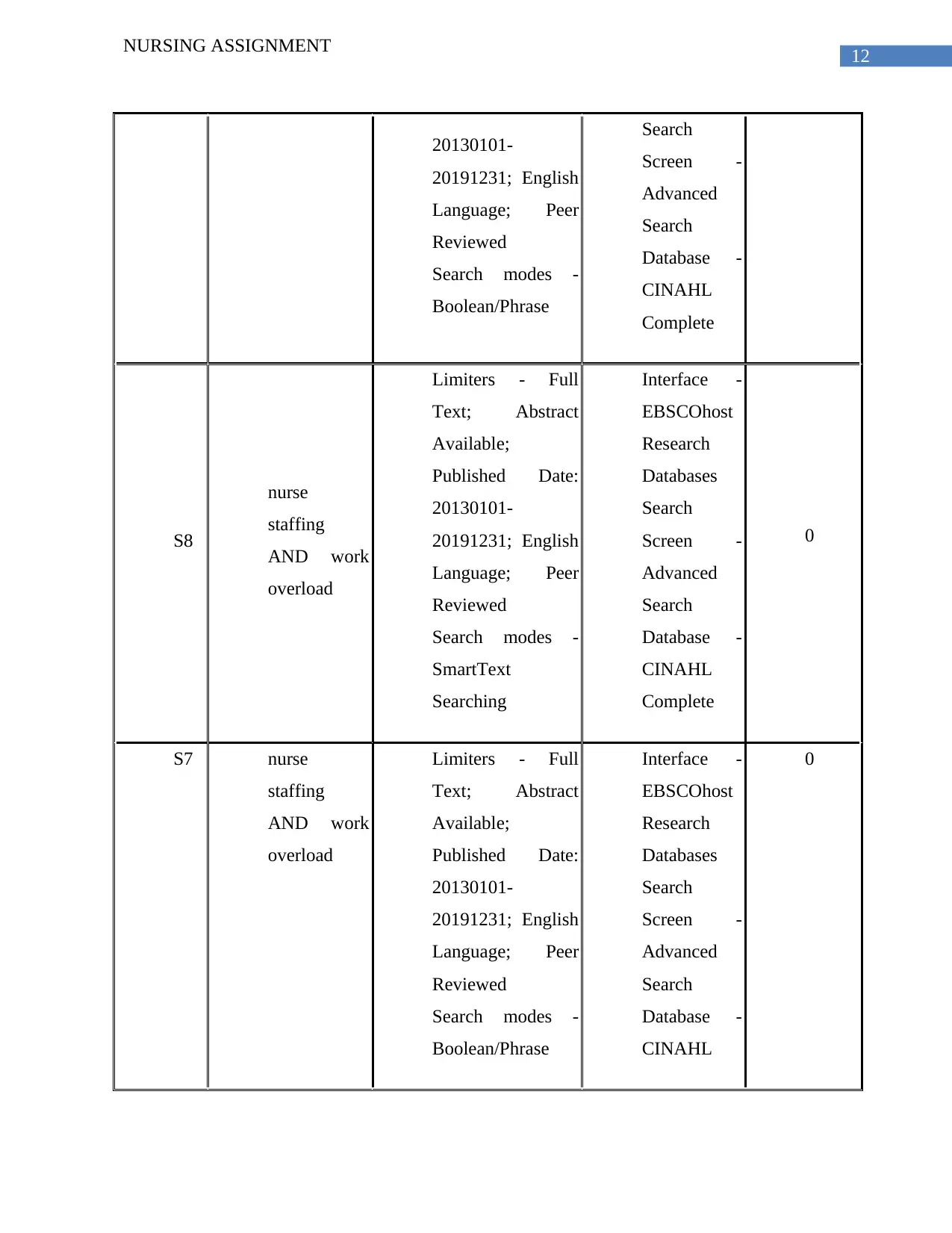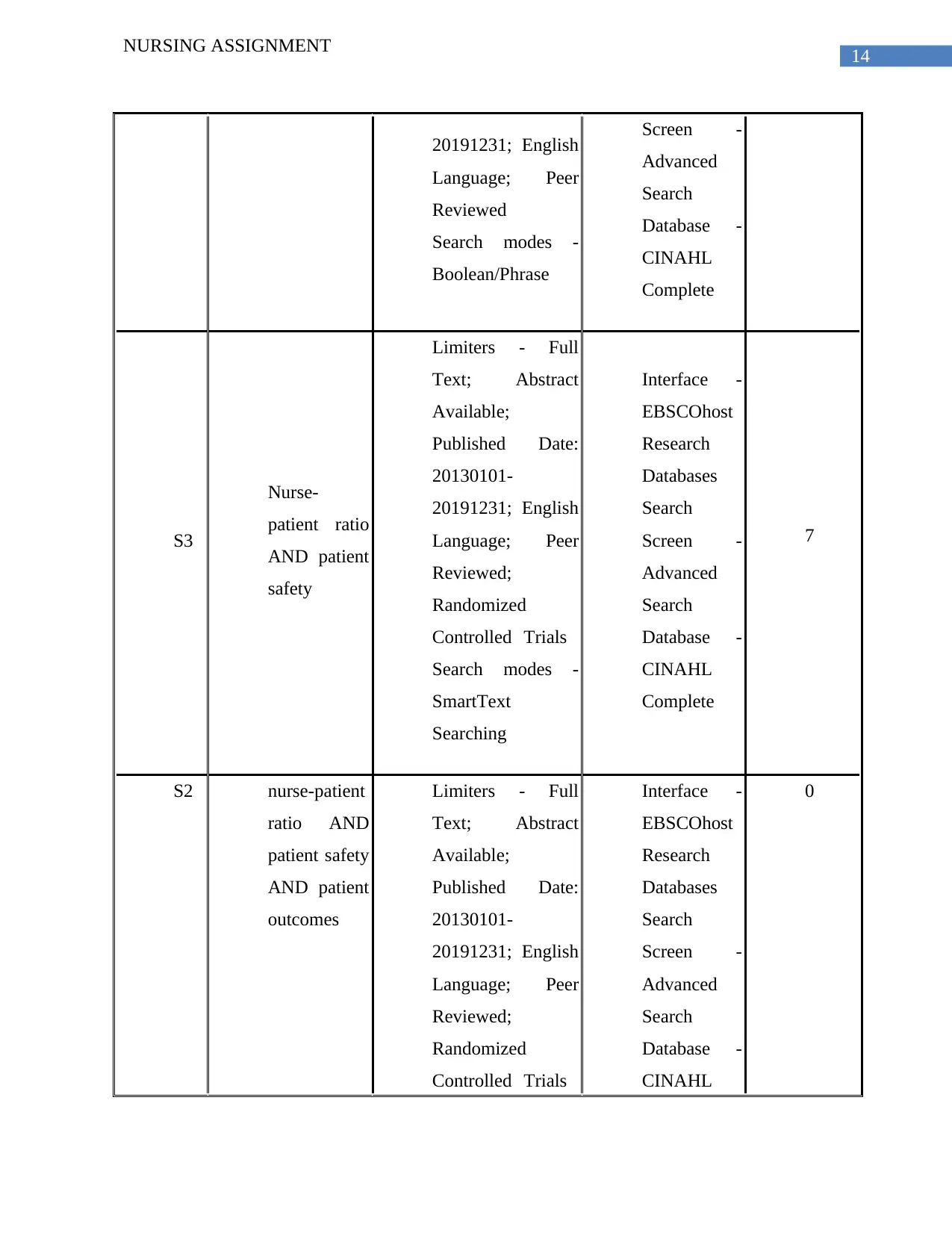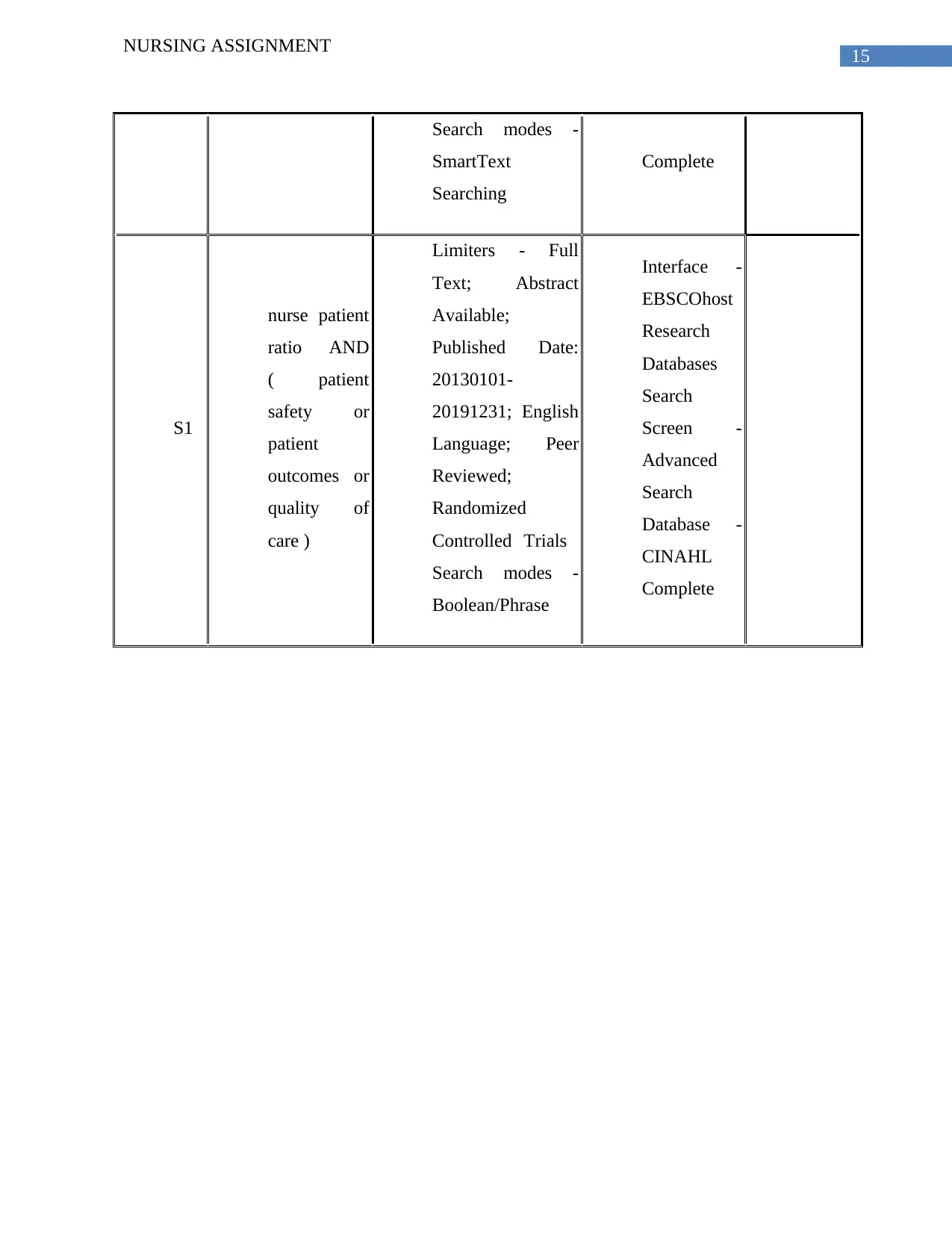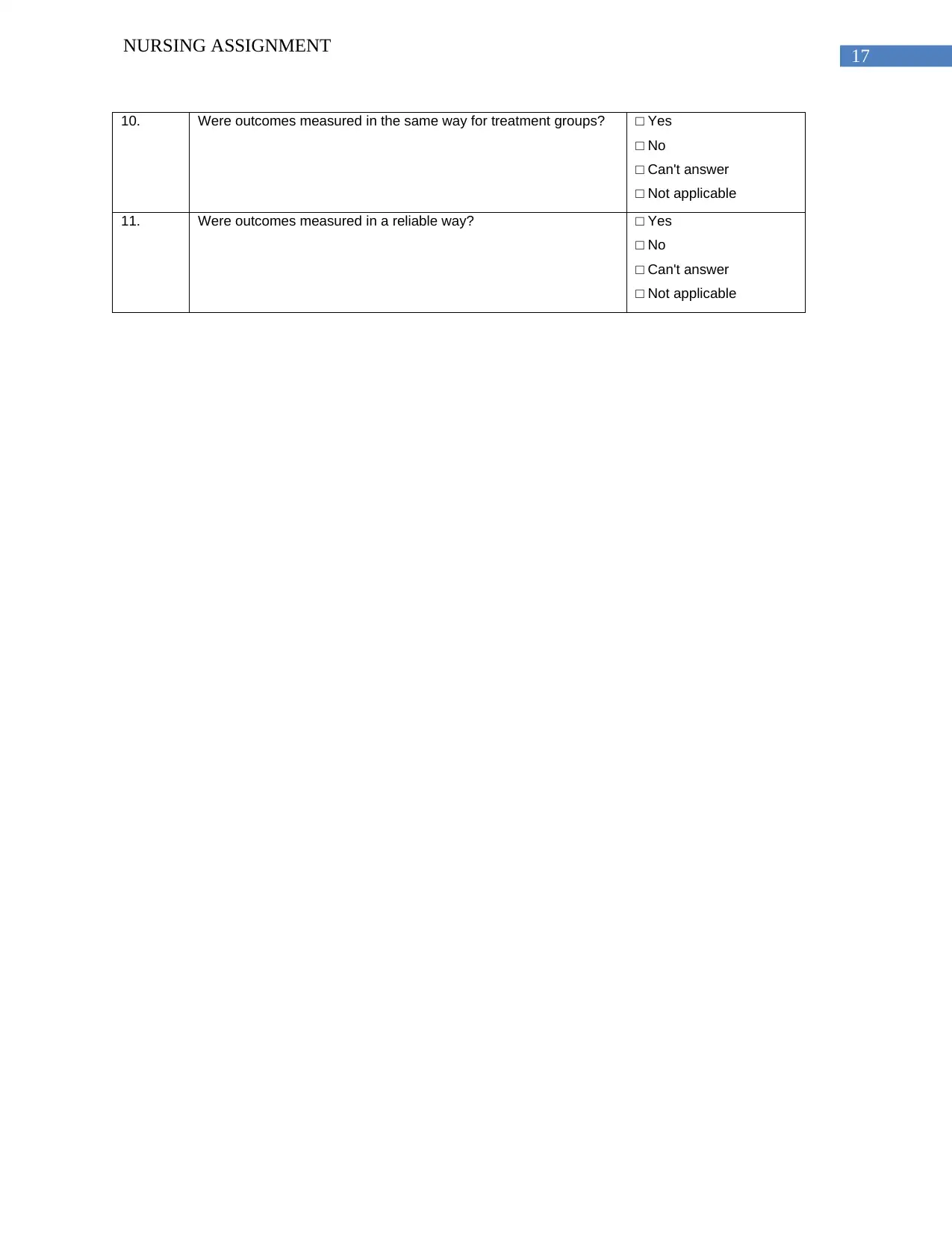Assessing the Effectiveness of 1:1 Nurse-Patient Ratio in Achieving Positive Patient Care and Nurse Job Satisfaction
VerifiedAI Summary
This study aims to assess the effectiveness of the 1:1 nurse-patient ratio in achieving positive patient care and nurse job satisfaction. It explores the impact of nurse staffing on patient outcomes and job satisfaction among nurses. The study also discusses the significance of proper nurse-patient ratio in improving patient health outcomes and reducing medication errors. The review includes systematic reviews that examine the relationship between nurse-patient ratio and patient outcomes. The search strategy involves using databases like CINAHL and PubMed to find relevant studies published between 2009 and 2019.
![[object Object]](/_next/static/media/star-bottom.7253800d.svg)
![[object Object]](/_next/static/media/star-bottom.7253800d.svg)
